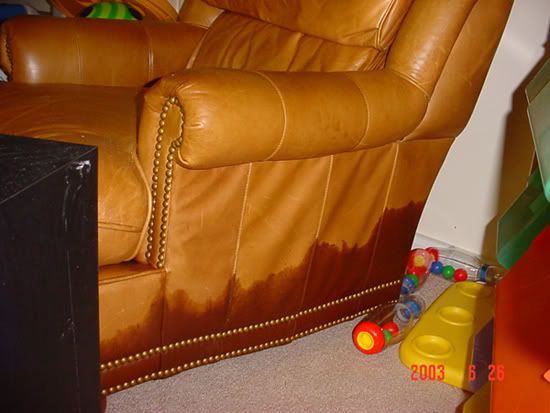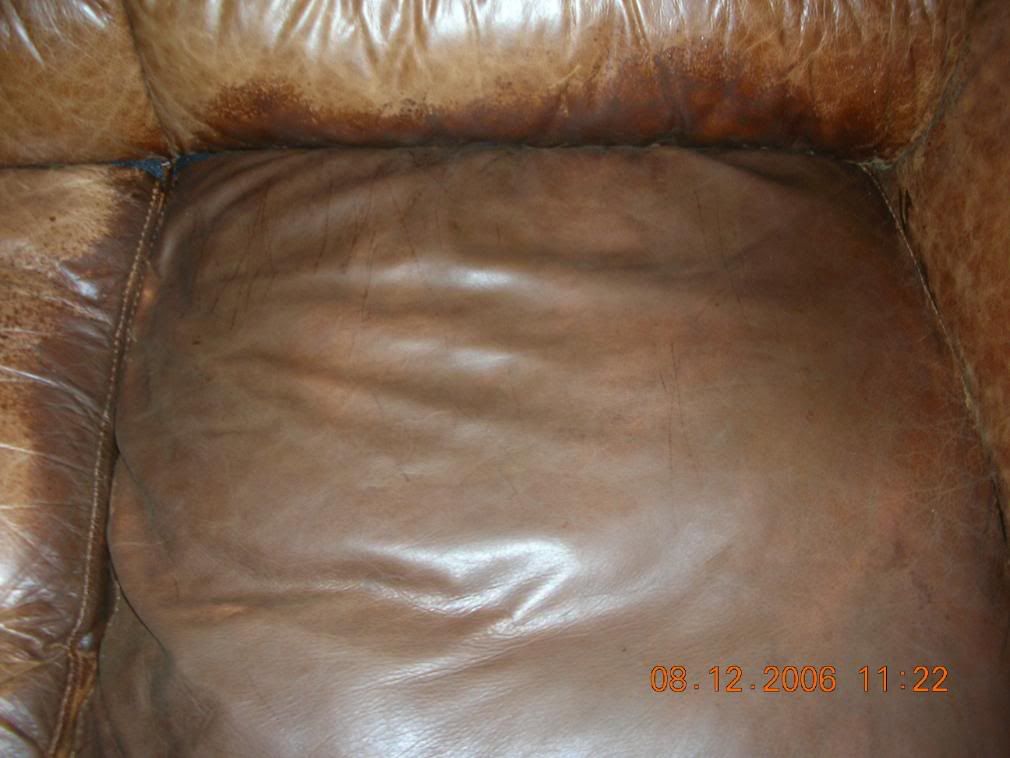Hi everyone...
I am a water damage specialist and I am looking for any suggestions on limitations or possibilities that water damaged / water stained leather can be effectively restored in an insurance claim.
I thank you all for your feedback and directions. (I am an IICRC instructor and these questions come up from time to time).
Ken Larsen












